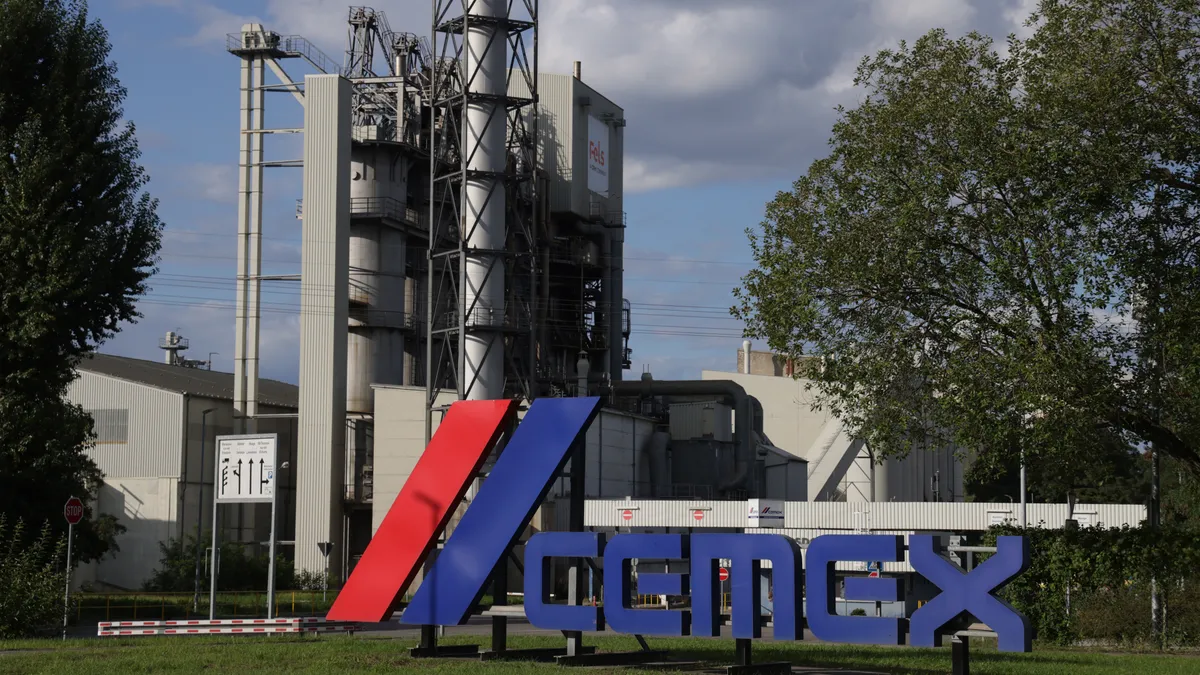Dive Brief:
- Reversing a dramatic plunge last year, investment in construction technology grew 20% year-over-year for Q1 2024 to $672 million, according to a quarterly report from Cemex Ventures, the contech-focused venture capital arm of Madrid-based Cemex.
- Despite the growth in dollars, the number of deals dropped by 4%, down to 66, per the report. The report claims this could indicate a potential shift in investment strategies or market dynamics through the rest of the year.
- North America retained its top status in the investment cycle, as 80% of investment flowed through the region. Europe was second, with 14% of dollars coming through, followed by Asia & Oceania with 2%.
Dive Insight:
The quarterly paper comes on the heels of the VC’s annual note on the state of contech, which it released in January, that highlighted a 44% drop in investment in the space during 2023.
The reports diverged on two key trends. While less money flooded the space last year, there were more individual deals. But in Q1, the opposite was true: fewer deals, but more dollars overall.
“Last year’s decline in Contech investment should not be confused as a sign that investors are cooling off and looking elsewhere,” said Miguel Carralón, investment advisor at Cemex Ventures. “We expect moderate larger rounds and more activity in late stage deals for 2024, especially with green or AI related solutions.”
The growth is a good sign for the contech industry, which is not immune to inflationary and fiscal pressures that harm the overall venture capital ecosystem. It also points to a more noticeable trend of startups swimming in cash, as established firms struggle to break into new client bases.
Four contech groupings
The report divided companies into the four focus areas: enhanced productivity, green construction, construction supply chain, and construction’s future.
Those that focused on enhanced productivity were the most active, and claimed 54% of total investment dollars, per the firm. Green construction was second, with 31% of funding, which includes solutions related to decarbonization, carbon capture, sustainable materials and water conservation. Supply chain and future technologies accounted for 8% and 7%, respectively.
This is another reversal from the trend set by the 2023 report, where enhanced productivity and green construction companies have swapped positions. However, Carralón cautioned that one quarter was not enough to predict the year’s direction.
“We expect a similar year compared to 2023, so Q2 should perform like the previous quarter in terms of activity but we will probably see bigger deals and a higher number of bets in early-stage rounds,” Carralón said.













